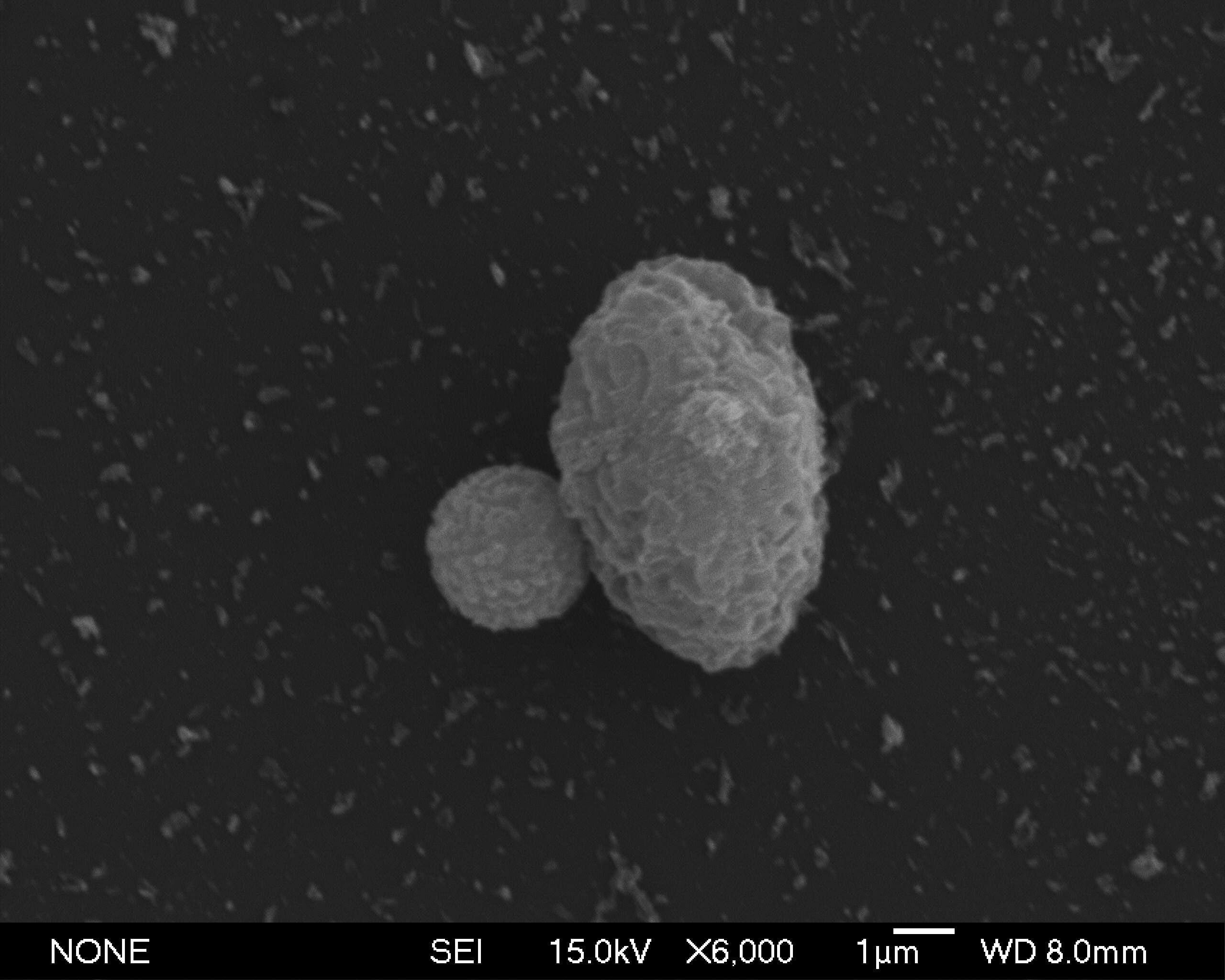The push and pull of physical force can cause profound changes in the behavior of a cell. Two studies from researchers working at the UNC Lineberger Comprehensive Cancer Center reveal how cells respond to mechanical manipulation.
The studies, published in Nature Cell Biology and the Journal of Immunology, have their roots in a longtime partnership between the labs of Keith Burridge, PhD, Kenan Professor of Cell Biology and Physiology and UNC Lineberger member, and Richard Superfine, PhD, Taylor-Williams Distinguished Professor of Physics and Astronomy. Using equipment funded in part by the University Cancer Research Fund, researchers in Burridge’s lab work to identify the processes and cellular pathways that allow cells to move, stiffen and react to physical stresses, knowledge which could reveal the causes and help develop treatments for cancer, as well as a variety of additional diseases.
“In the cancer context, mechanical force is important because tumor cells will generate force as they are invading, pulling on other cells. They are pulling on the cells they are attached to as they are trying to get away,” said Burridge.

In the Nature Cell Biology paper, lead author Christophe Guilluy, a postdoc in the Burridge lab, proved that the nucleus of a cell responds and reacts to mechanical force. Using 2.8-4 micron metallic beads coated with a protein that binds to the exterior of the nucleus, Guilluy pulled on the beads using a series of magnetic pulses. With each pulse, the nucleus moved a fraction less than during the previous pulse, showing that the nucleus stiffened in response to the mechanical force.
Before this experiment, the understanding was that the cellular response to physical manipulation emanates from the cell surface and the cytoskeleton surrounding the nucleus and other organelles.
“We normally think of cells responding to mechanical forces at their periphery. This is the first time, I think, that someone has shown that an isolated organelle can respond to mechanical force. I think it is actually a significant finding in the big picture of biology,” said Burridge.
In the Journal of Immunology paper, lead author graduate student Elizabeth Lessey-Morillon examined the ways in which the cells lining blood vessels stiffen and relax to allow immune system cells to pass out of the bloodstream into surrounding tissue. Cancer researchers have a particular interest in this process, as metastasizing tumor cells may use the same mechanisms to migrate through the body.
“We think metastasizing cells may essentially mimic what white blood cells do,” said Burridge.
Using magnetic beads attached to the endothelial cells that line blood vessels, Lessey-Morillon discovered that pulling applying force to the cells caused them to stiffen, opening gaps between the cells through which the white blood cells could pass. The response activated a pathway mediated by the proteins RhoA and LARG.
When she blocked the pathway, the cell stiffening response slowed. Because the pathway may also play a role in cancer metastasis, Burridge said the response could indicate that this pathway could prove a viable target for future therapies.
“We think this response would be true also for tumor cells moving over the surface. They wouldn’t be as competent in passing through the endothelial wall,” said Burridge.
